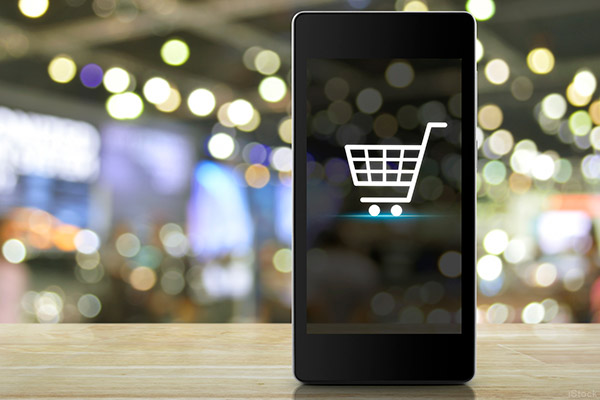Are ‘Early Upgrade Plans’ for Your Phone a Good Deal? The Pros and Cons
Apple made waves recently when they unveiled the new iPhone X—the first iPhone to cost $1,000.
If you want that new iPhone but your current iPhone is just fine, most cell phone carriers offer you the option of trading in your existing phone for the latest and greatest. Then you pay for the new phone on an installment plan—these plans are called “early upgrade plans.”
In the past, most carriers either allowed you to buy the phone or sign a two-year contract. Within the contract, you paid an upfront fee and the cost of the phone, often hidden, was rolled into your contract. After two years, you would start the cycle all over again, locked into a new contract with high cancellation fees.
Leasing a phone still resembles the old system. The cost of the phone is built into your monthly bill, but now the major cell phone carriers specify the monthly price upfront, so you always know what you’re being charged.
If you were to get the iPhone X through AT&T, for instance, you would be paying $33.34 a month and it would be paid off in 30 months, according to the carrier’s website. But setting aside the question of whether any phone is worth $1000, is this a good deal? Should you lease a new iPhone or buy it?
Lease or Buy?
The New York Times recently did a financial analysis of leasing a phone through “early upgrade plans” and found that, ultimately, buying the phone is less expensive—but not by a lot. You only see significant savings if you sell your old phone once it’s paid off.
A financial analysis found that buying a phone is, ultimately, less expensive than leasing via an “early upgrade plan”—but not by a lot.
Looking at one-year plans for a 64GB iPhone 6, the Times found the prices ranged from $321 (Sprint) to $450 (AT&T). The price to buy the iPhone outright is $750, which if you were to use it for two years would be $375 a year. The Times estimated if you sold it for $175 at the end of those two years, that brings the price down to $287.50 a year.
The pros of “early upgrade plans”
- For tech-conscious people, it’s a convenient way to always get the newest phone
- The plans don’t lock you into upgrading. When a year is up, you can keep your phone and keep making payments until it’s paid off—at which point you own the phone.
The cons of “early upgrade plans”
- The plan incentivizes you to always be making phone payments. Once your phone is paid off, obviously you’re not paying anything to use it. Every month you go not making a phone payment is money you can be saving.
- To get the new phone, you must trade in your old one. This not only means you have no phone to sell, but if you have a family, you don’t have an older phone to give to accident- and loss-prone children.
All that said, if you’re still tantalized by that flashy iPhone X, the Times points out that Apple’s iPhone leasing program includes device insurance—which the cell phone carriers don’t include—and is competitive in price.
















